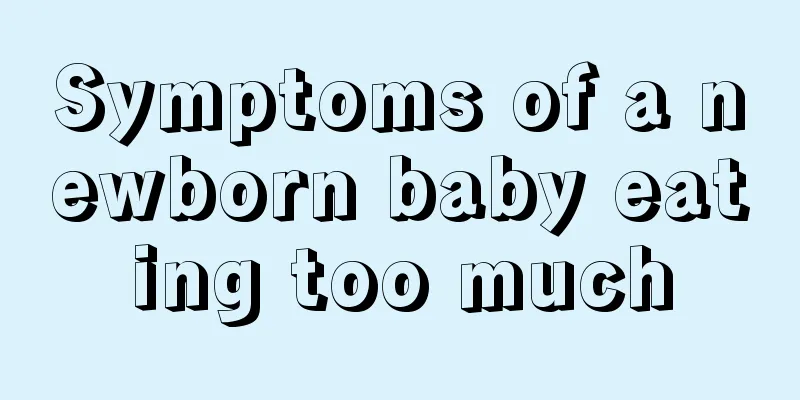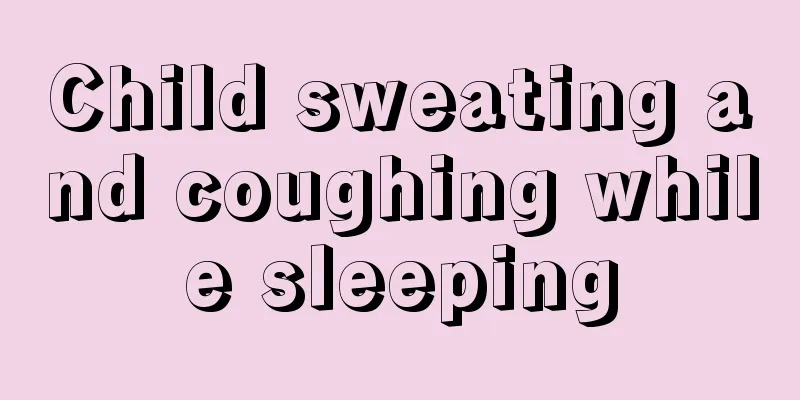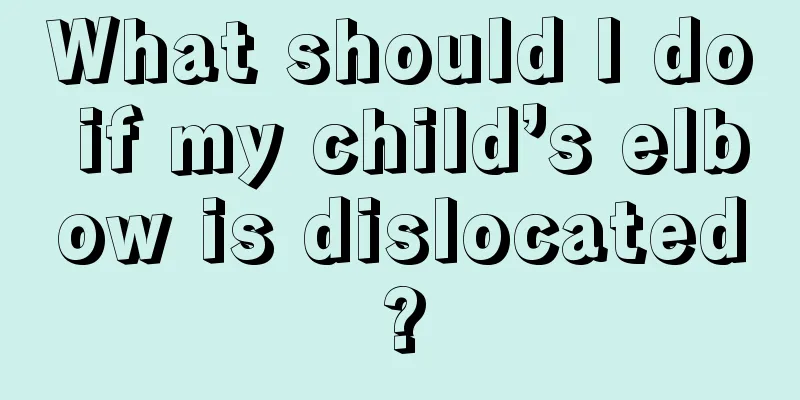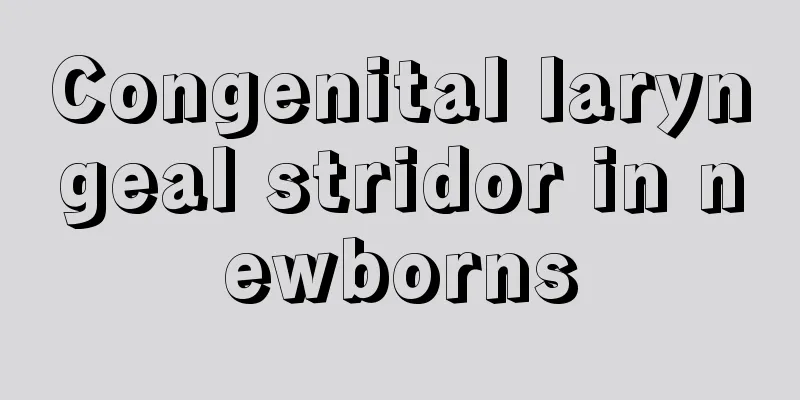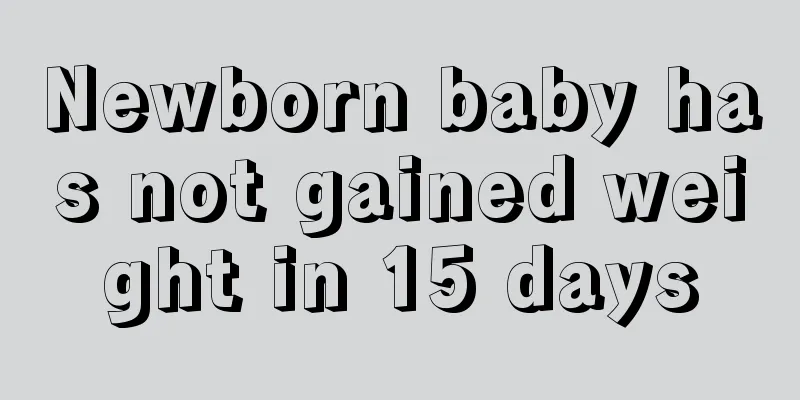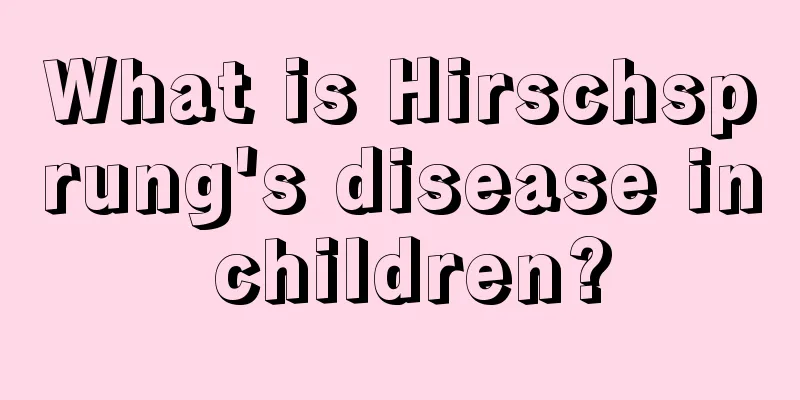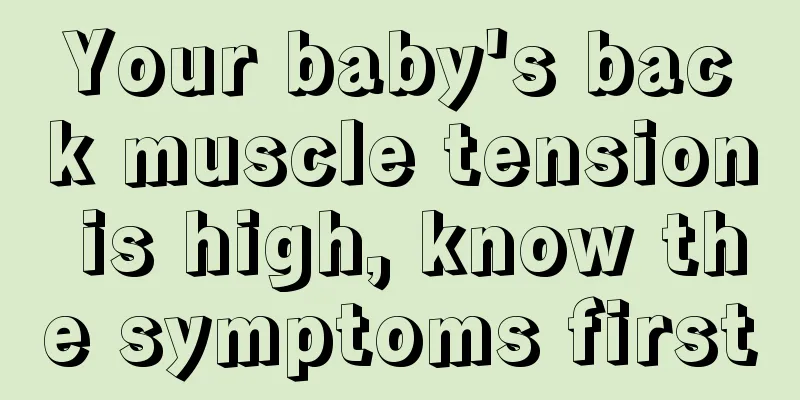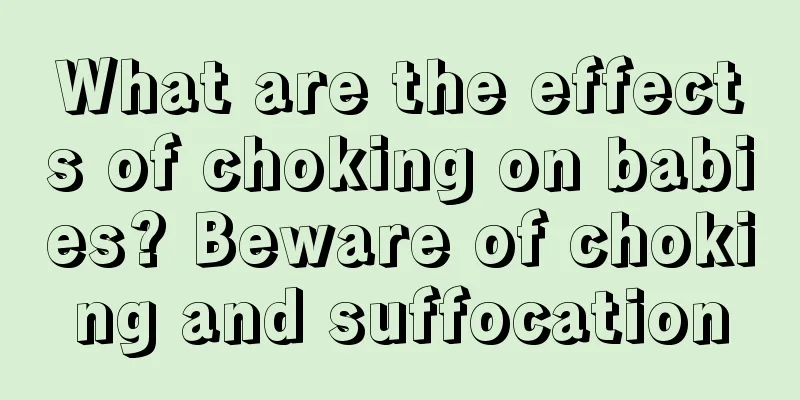What to do if a six-year-old child has a tooth growing inside
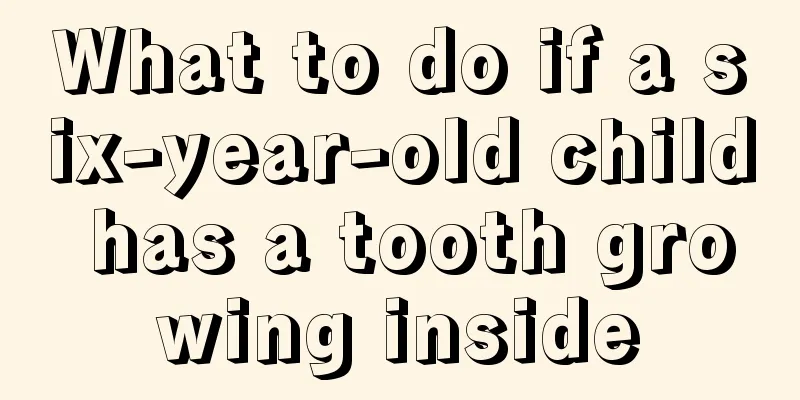
|
Many children are prone to having teeth growing inside, which is a headache for parents. The child's tooth replacement period is between six and twelve years old. At this time, permanent teeth have begun to appear, and the deciduous teeth have not completely fallen off, so the teeth grow inside. Some people call it double teeth. The main reason for this situation is the excess nutrition in the child's body. So what should a six-year-old child do if his teeth grow inside? First, what should you do if your six-year-old child has teeth growing inside? When you encounter a "double row of teeth" formed by retained deciduous teeth, parents should take their children to the hospital as soon as possible to remove the retained deciduous teeth to make room for the development of permanent teeth. When teeth are already unevenly aligned, orthodontic treatment can be performed after the child's permanent teeth are replaced. Generally, the best age for correction is between 12 and 14 years old. Second, parents should give their children appropriate amounts of foods that can exercise their chewing ability, such as beans, nuts, apples and whole grains. Proper chewing can stimulate the movement of the chewing muscles, promote the development of children's gums, jaws and facial bones, and prompt the deciduous teeth to fall out on time. Parents of children in their developmental period should supervise their children to correct bad habits: biting lips, biting tongues, whistling, biting pencils, etc. Third, the inducing cause: the child has overnutrition, good nutrition supply, and the tooth germs develop earlier than before. Often the permanent teeth grow out before the deciduous teeth fall out. Eat a fine diet. The food is too soft and fine, and the roots of the deciduous teeth are not sufficiently stimulated and exercised, so they are closely connected to the alveolar bone and are not easy to fall off. The permanent tooth germs develop out of place. They do not face the root apex of the deciduous teeth, but grow on the inner side of the deciduous tooth roots. This prevents the deciduous tooth roots from being absorbed along with the growth of the permanent teeth, and absorption only occurs on one side of the roots. When the new permanent teeth erupt, the deciduous teeth are still very firm and show no signs of falling out. The deciduous teeth that do not fall out normally occupy the position of the permanent teeth and form a double row of teeth. When deciduous teeth are lesioned and replaced, permanent teeth will grow in the original position of the deciduous teeth after they fall out. Due to severe caries of the deciduous teeth, the deciduous teeth root absorption disorder and other conditions will cause the deciduous teeth to not fall out in time. Malocclusion is caused by the misalignment of permanent teeth. The permanent teeth that have already erupted are misaligned front and back to form double rows of teeth due to insufficient positioning, ectopic eruption, or bad habits such as biting lips, biting tongue, whistling, and biting pencils. What should you do if your six-year-old child has teeth growing inside? The above content introduces it. More and more parents have found that children in the tooth replacement period have not lost their baby teeth, but new permanent teeth have already grown out. The two rows of teeth are crowded together, like saw teeth, which looks scary. According to oral experts, the increase in the number of children with double rows of teeth is related to the fact that children eat too fine food and their deciduous teeth do not get enough exercise. Retained deciduous teeth cause the new permanent teeth to be in abnormal position and direction, or even fail to erupt, which will affect the child's jaw development, chewing effect, oral hygiene, and facial aesthetics. This is not only not conducive to dental hygiene, but also easy to form dental plaque and tartar, causing bad breath in children. It may also induce oral inflammatory diseases such as caries, pulpitis, and apical periodontitis. |
<<: Can children get hemorrhoids?
>>: What to do if your child has a stuffy nose
Recommend
Why do children shake their heads unconsciously?
For young couples, having a child is the most des...
What to do if your two-year-old baby is grinding his teeth
Many people think that teeth grinding is only a p...
Child's toenails are sunken
Parents are very concerned about their children&#...
Baby has a fever and is breathing heavily. Let's understand the root cause
Some babies will breathe more heavily after they ...
What is the cause of the child's chest tightness?
Heart problems are rare in children. Therefore, w...
How to treat black stool in children?
Many parents find that their baby's feces are...
Can children drink beer?
Although beer contains relatively little alcohol,...
How to care for a 10 and a half month old baby according to his developmental standards
Parents are particularly concerned about the chil...
What tests are needed for children with ADHD?
Attention Deficit Hyperactivity Disorder (ADHD) i...
The child's neck moves involuntarily
We all know that children are particularly prone ...
At what age can a mole on a child's face be removed?
A mole is a normal growth of the human body. It i...
What to do if children have tooth decay pain
Children like to eat sweets, but they do not have...
Symptoms of mental retardation
The healthy growth of children is the greatest wi...
2-year-old baby's body itches and large lumps appear after scratching
Everyone wants to have good skin, as delicate as ...
At what age do children lose their teeth?
Children are the group that mothers pay the most ...
